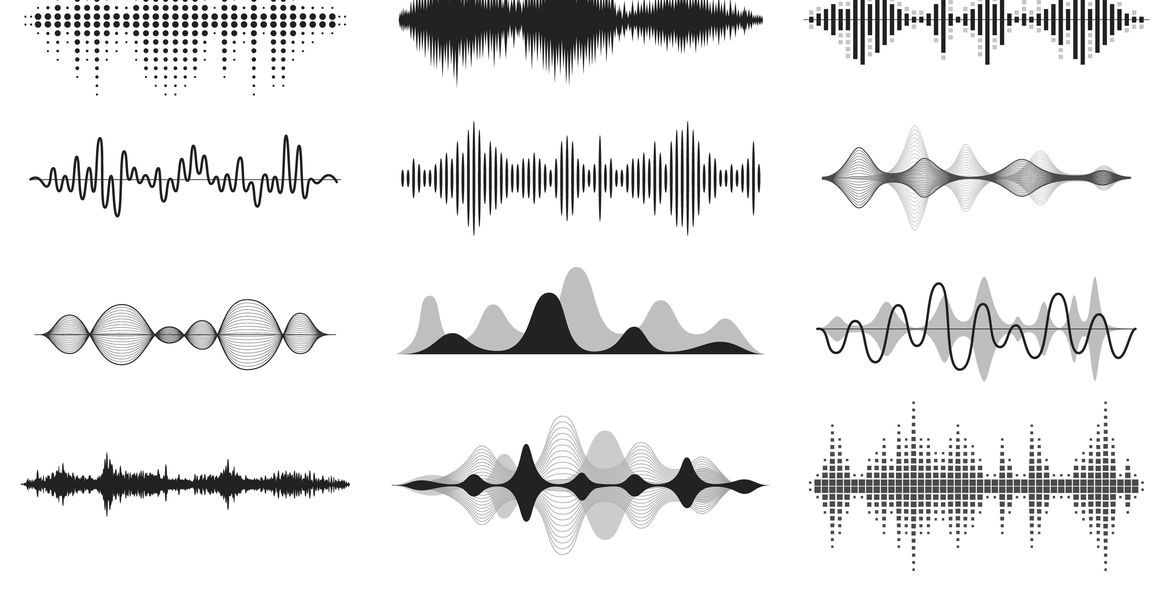
Imagimob has the expertise, software tools and methods to deploy a good quality sound event detection (SED) tinyML model on a target device in one week with good performance in real-life. This is a huge improvement compared with how this used to be. Before this could take many weeks and months even when qualified personnel were involved and advanced software tools were used. This means that customers now quickly can come to a point where they can evaluate the SED application and make a decision for going to production.
Imagimob utilizes high-quality, pre-classified sound libraries covering a broad variety of categorized audio classes, which contributes to rapidly creating sound event detection machine learning models. In order to achieve high accuracy in the real-world, various augmentation techniques are used, such as mixing with different background locations, simulating different distances, and other techniques. These greatly improve the ability to detect various sounds in real-life or realistic environments.
The SED model can be deployed on a range of devices, such as Synaptics DBM10L, Syntiant NDP120, Texas Instruments Sitara AM243X, Infineon PSoC 6, Renesas RA, STM32 or a Raspberry Pi.
This concept is a result of our ongoing efforts in rapid prototyping and productification.
Contact us to learn more.
In society today, the use of sound event detection and classification is commonplace in many application fields; from speech recognition and noise reduction to security systems and wildlife monitoring. In recent years, the use of artificial intelligence (AI) and machine learning (ML) models has become increasingly important in sound detection, allowing for more accurate and efficient results.
Most people already know of sound and speech detection in commercial applications including voice-controlled devices such as Amazon Alexa and Google Home, noise reduction built into in video and audio recording, and recording equipment for wildlife monitoring for conservation efforts. In public spaces, such as airports, malls, and parks, sound detection systems are used continuously for the monitoring for security threats, detecting gunshots and other unusual noise, as well as identifying specific sounds like a baby crying or a person shouting for help. Additionally, sound detection technology can be used to monitor noise pollution in public spaces, such as measuring the decibel levels in a park to make sure they stay within safe limits, or in cities to measure the noise level to identify the sources of the noise and take actions accordingly.
In the private sector, these systems can be used to detect the sound of breaking glass in a store, which could indicate a break-in or theft. It can also be used to detect the sound of a car crash, which could indicate a traffic accident, or the sound of a fire alarm, which could indicate a fire.
Another application of sound detection technology is monitoring for industrial accidents or malfunctions. In a factory or industrial plant, sound detection can be used to detect unusual sounds or vibrations that could indicate a problem with machinery, such as a broken conveyor belt or a malfunctioning pump. Several of the big industry players are fitting sound and vibration detection functionality into their offerings, as a support system for preventive maintenance capabilities.
Sound detection technology can also be used outside of factories and cities, e.g. to detect the sounds of animals, such as birds or bats, in order to monitor and protect wildlife. This can be particularly important in conservation efforts, as it allows for accurate and continuous monitoring of the population and the habitat of the animals.
Most people agree that the use of sound detection is helping to revolutionize many fields and industries, with Edge AI and tinyML making it more accurate and efficient than ever before. One of the issues preventing sound detection to be as straight-forward as measuring other environmental data like temperature, pressure, illumination or humidity is the need for post-processing and analysis, which requires good, continuous connectivity and traditionally takes place on a server in a cloud, because sophisticated sound detection wasn’t available in edge computing in the past at reasonable cost.
The availability of low-cost, high-volume edge devices and on-board Edge AI capabilities has changed all that, allowing the roll-out of distributed systems for sound detection hardware at competitive prices.